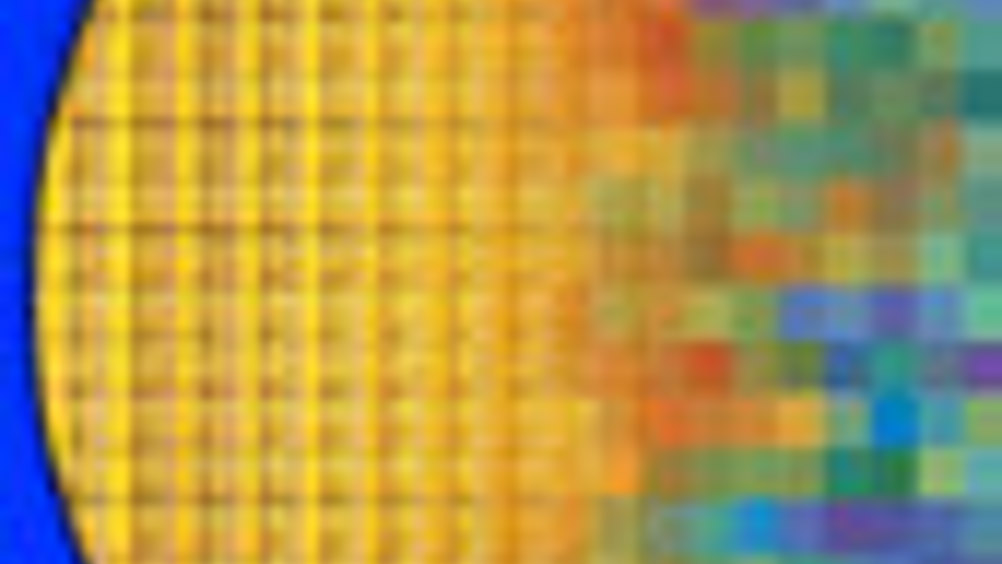More in
Taking the strain
US research focuses on technique that could lead to semiconductors being formed in any shape. Stuart Nathan reports.

A manufacturing technique could lead to semiconductors being formed in any shape, according to materials scientists at the
. The technique can also enhance the conductive properties of the materials, opening up an array of novel applications.
Graduate Michelle Roberts has been working on the technique, which focuses on managing the strain within a semiconducting material as it is formed. Strain is an important factor for semiconductors, which can be both useful and awkward.
When silicon is placed under strain it conducts electricity faster, which can be used to enhance the processing speed of electronics. However, when semiconductors are built up from layers of alloys, the different sizes of atoms can create strain within the crystalline structure which leads to defects having the opposite effect: they scatter electrons through the crystal and impede conduction.
Roberts has devised a method for making a semiconducting membrane from layers of silicon and a silicon- germanium alloy which, although only tens of nanometres thick, has the same properties as a solid wafer of silicon. He explained that these membranes are flexible, and can be made in a variety of shapes, including flat, tubular and curved, depending on the thicknesses of the layers.
Register now to continue reading
Thanks for visiting The Engineer. You’ve now reached your monthly limit of news stories. Register for free to unlock unlimited access to all of our news coverage, as well as premium content including opinion, in-depth features and special reports.
Benefits of registering
-
In-depth insights and coverage of key emerging trends
-
Unrestricted access to special reports throughout the year
-
Daily technology news delivered straight to your inbox










Water Sector Talent Exodus Could Cripple The Sector
Maybe if things are essential for the running of a country and we want to pay a fair price we should be running these utilities on a not for profit...